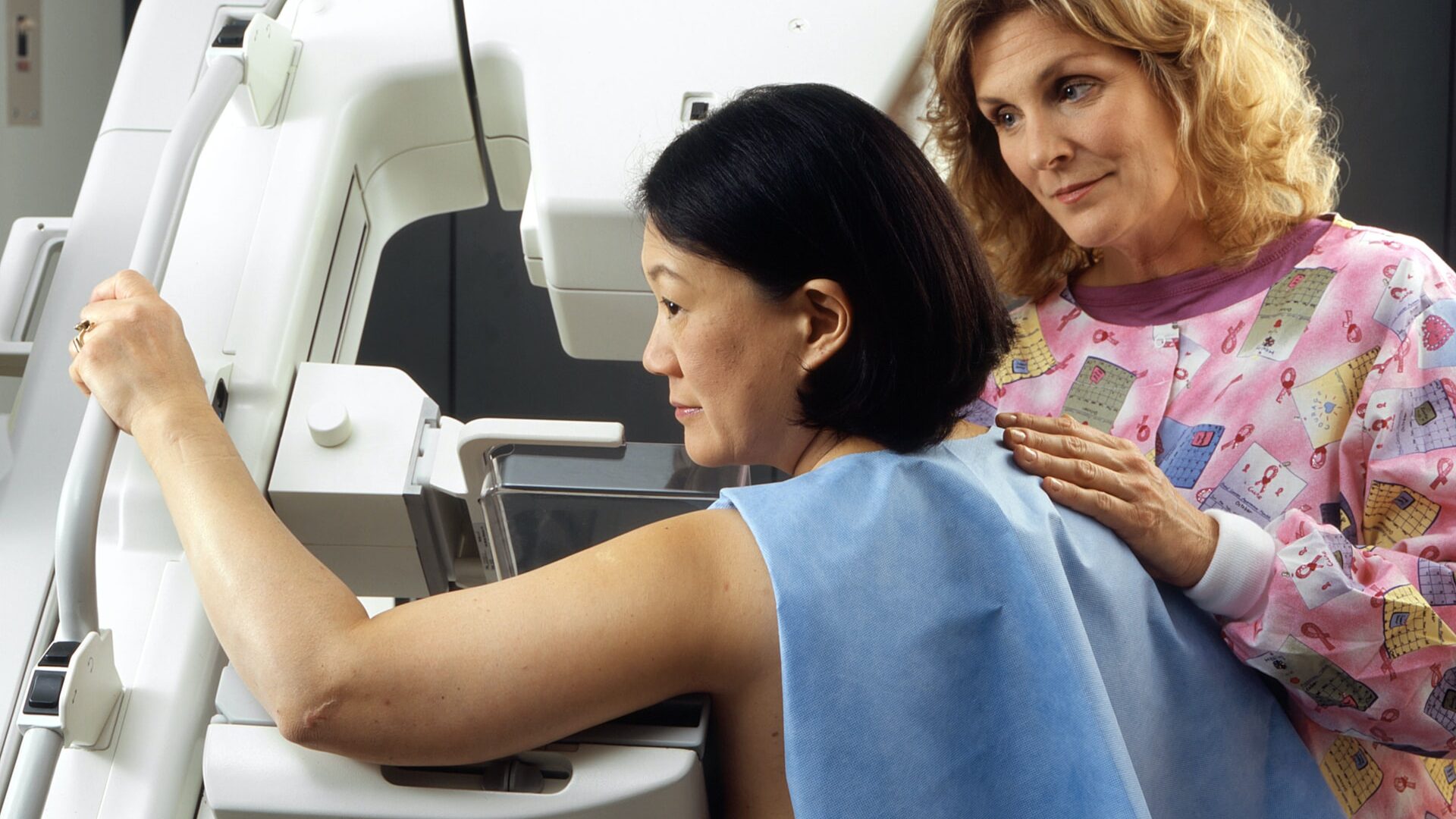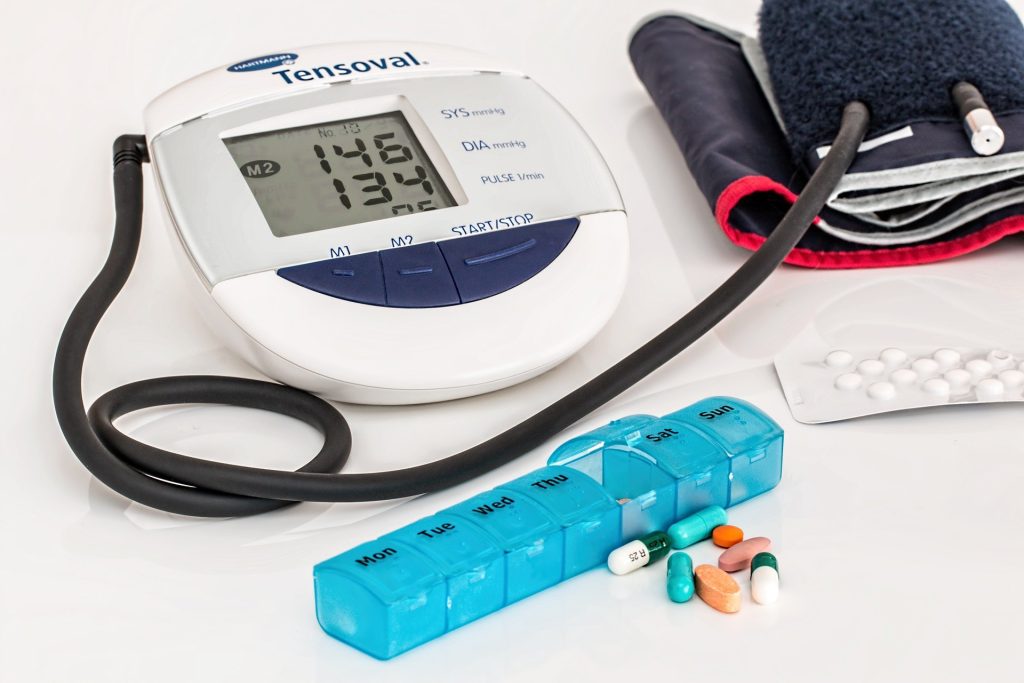Dopamine Involved in Both Autistic Behaviour and Motivation

Dopamine can help explain both autistic behaviours and men’s need for motivation or ‘passion’ in order to succeed compared to women’s ‘grit’, according to a new study.
Men – more often than women – need passion to succeed at things. At the same time, boys are diagnosed as being on the autism spectrum four times as often as girls. Both statistics may be related to dopamine, one of our body’s neurotransmitters.
“This is interesting. Research shows a more active dopamine system in most men” than in women, says Hermundur Sigmundsson, a professor at the Norwegian University of Science and Technology’s (NTNU) Department of Psychology.
He is behind a new study addressing gender differences in key motivating factors to excel in something. The study uses men’s and women’s differing activity in the dopamine system as an explanatory model. The study enrolled 917 participants aged 14 to 77, consisting of 502 women and 415 men.
“We looked at gender differences around passion, self-discipline and positive attitude,” said Prof Sigmundsson. The study refers to these qualities as passion, grit and mindset. The researchers also applied theories to possible links with dopamine levels. Dopamine, a neurotransmitter that is released in the brain, is linked to learning, attention and our ability to focus. It can contribute to a feeling of satisfaction.
Men generally secrete more dopamine, but it plays a far more complex role than simply being a ‘happy hormone’. Dopamine is linked to learning, attention and our ability to focus.Previous studies on Icelandic students have shown that men are more dependent on passion in order to succeed at something. This study confirms the earlier findings. In six out of eight test questions, men score higher on passion than women.
However, the association with dopamine levels has not been established previously.
“The fact that we’ve developed a test to measure passion for goal achievement means that we can now relate dopamine levels to passion and goal achievement,” explained Prof Sigmundsson.
Women, on the other hand, may have greater self-discipline – or grit – and be more conscientious, according to other studies. Their level of passion may not be as pronounced in general, but they are also able to use this to excel.
The results for the women, however, are somewhat more ambiguous than men’s need to have a passion for something, and this study found no such gender difference. Nor did the researchers find any difference between the sexes in terms of growth mindset.
Previous studies have associated the dopamine system with many different conditions, such as ADHD, psychoses, manias and Parkinson’s disease. However, it may also be related to a certain form of autistic behaviour.
Some individuals with autism may develop a deep interest in certain topics, something which others may find strange or even off putting. People on the autism spectrum can focus intensely on these topics or pursuits, at least for a while, and dopamine may play a role in this.
“Other research in neuroscience has shown hyperactivity in the dopamine system in individuals with autism, and boys make up four out of five children on the autism spectrum. This, and dopamine’s relationship to passion, might be a mechanism that helps to explain this behaviour,” concluded Prof Sigmundsson.
Source: Norwegian University of Science and Technology
Journal reference: Sigmundsson, H., et al. (2021) Passion, grit and mindset: Exploring gender differences. New Ideas in Psychology. doi.org/10.1016/j.newideapsych.2021.100878.










